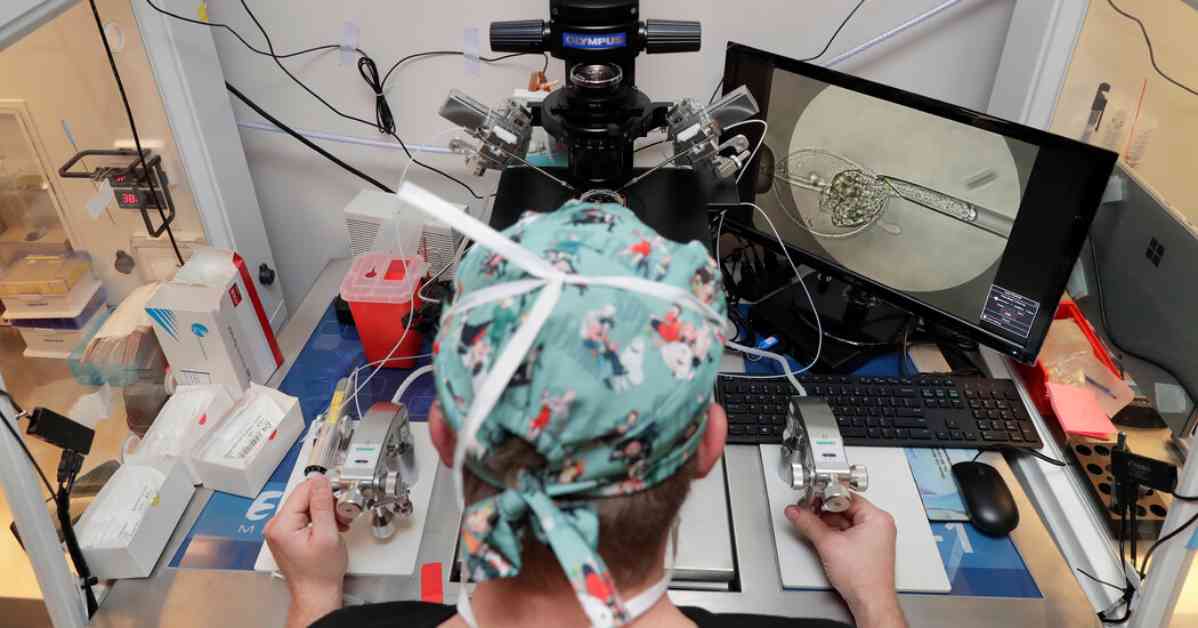Challenges of Making In Vitro Fertilization (IVF) Free
In vitro fertilization (IVF) is a costly procedure that many individuals and couples struggle to afford. The idea of making IVF treatment free for all Americans, as proposed by former President Donald J. Trump, is a noble one, but it comes with its challenges. Health policy experts have weighed in on the feasibility and implementation of such a policy, highlighting the uphill battle that would need to be fought to make it a reality.
Feasibility of Covering IVF Costs
IVF treatments often come with a hefty price tag, sometimes costing tens of thousands of dollars. To make these treatments free for all Americans, policies would need to be put in place to cover these costs. Requiring insurers to pay for IVF treatment would likely involve passing laws in Congress or convincing a panel of experts to add IVF to a list of free preventive women’s health services established by the Affordable Care Act.
Implementation Challenges
Implementing a policy that covers the costs of IVF treatments would be no small feat. Requiring insurance companies to foot the bill would involve significant legislative efforts and changes to existing healthcare laws. Making the government pay directly for IVF treatments would essentially mean creating a single-payer healthcare system for a single medical condition. This approach would require Congress to allocate funds to establish a new division of the federal government to oversee the program.
Alina Salganicoff, director of the women’s health policy program at KFF, a health research nonprofit, emphasized that the president alone cannot make IVF treatments free for all Americans. Congressional approval and funding would be necessary to implement such a policy effectively. Without the appropriate financial resources, any plans to cover the costs of IVF treatments would remain unfeasible.
Public Perception and Support
While the idea of making IVF treatments free for all Americans may be met with support from those struggling with infertility, there are also concerns about how such a policy would be received by the general public. Some may question the government’s role in funding such treatments and whether it should be a priority in healthcare spending.
Public perception and support are crucial factors to consider when proposing a policy of this magnitude. Educating the public about the benefits of making IVF treatments more accessible and affordable could help garner support for such a policy. However, it would also require a significant public relations effort to address any concerns or criticisms that may arise.
Conclusion
In conclusion, while the idea of making IVF treatments free for all Americans is a commendable goal, it comes with its challenges. The feasibility and implementation of such a policy would require significant legislative efforts, funding, and public support. As discussions continue around healthcare reform and access to fertility treatments, it is essential to consider all perspectives and potential barriers to making IVF more accessible to those in need.

















